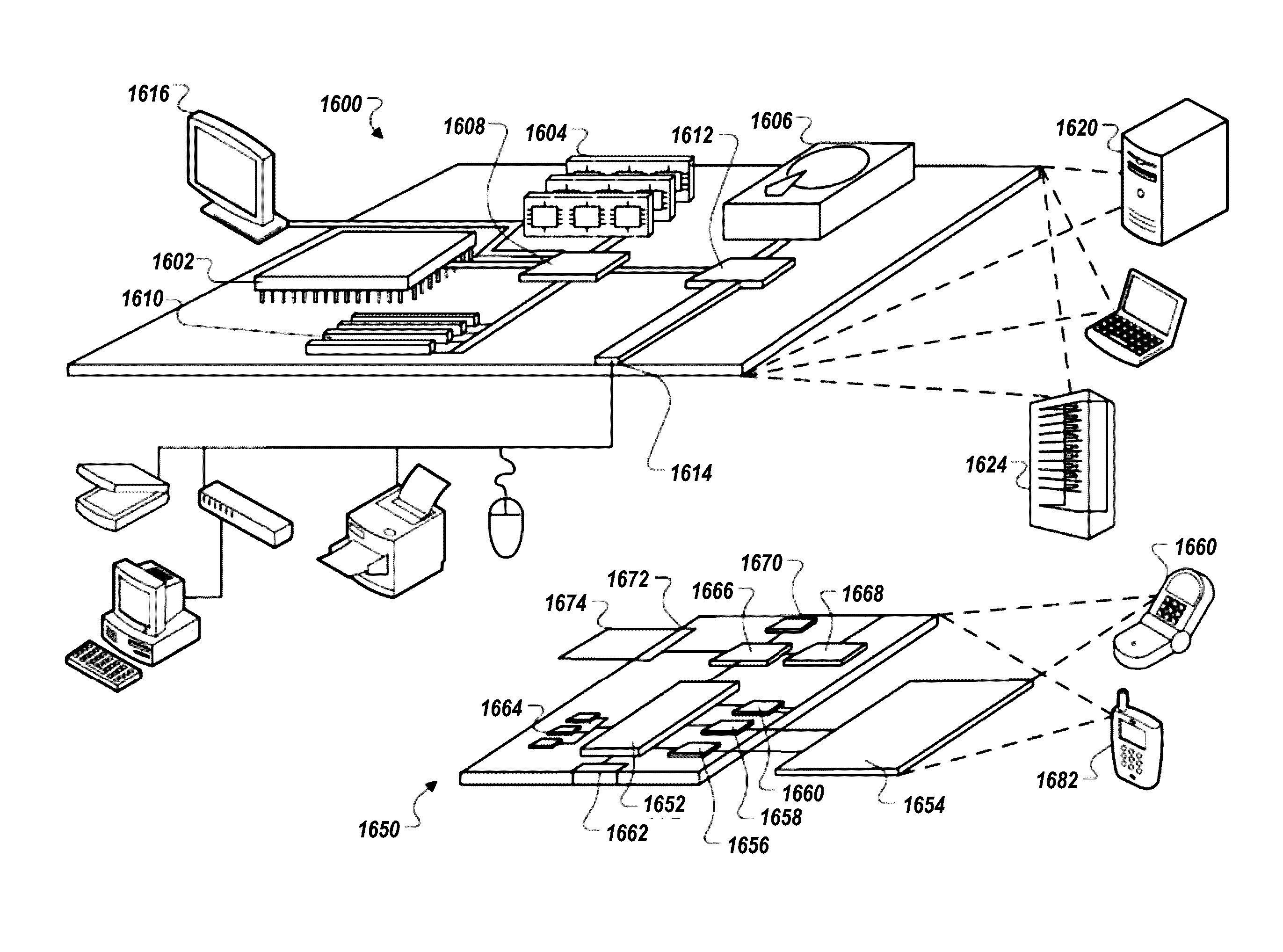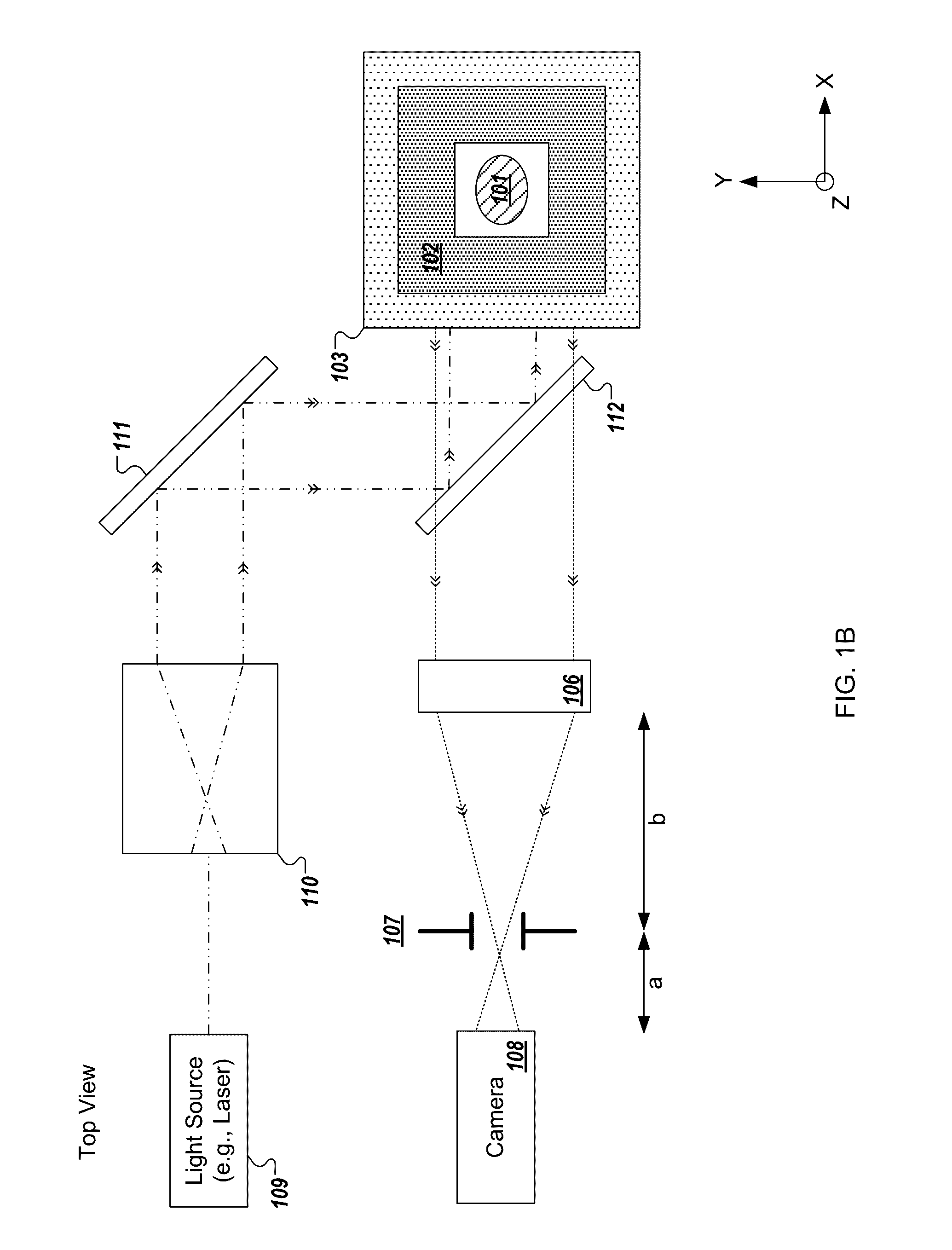Systems and methods for in-operating-theatre imaging of fresh tissue resected during surgery for pathology assessment
a fresh tissue and pathology technology, applied in the field of systems and methods, can solve the problems of no tumor cells left behind, no life-saving treatment opportunities, and both patient death rate and overall treatment cost can dramatically increase, so as to facilitate in-operating-theater analysis of tissue samples, the effect of reducing the time necessary for preparing and analyzing samples
- Summary
- Abstract
- Description
- Claims
- Application Information
AI Technical Summary
Benefits of technology
Problems solved by technology
Method used
Image
Examples
Embodiment Construction
[0240]In the present text the expression “micro optical element” is used to describe a miniaturized focusing element with a cross sectional diameter of less than 1 mm (e.g., between 10 micrometers and 500 micrometers) that focuses light. In some implementations, the micro optical element is a micro lens having a paraxial radius of curvature that is in the order of magnitude of its diameter. In some implementations, the micro optical element is a refractive lens, Fresnel zone plate, GRIN lens, or micro reflective objective. The term “micro optical element array” is used to describe a structure composed of a plurality of micro optical elements positioned in a grid which may be, but is not necessarily, periodic. While the description may describe embodiments of the disclosed technology implemented with a micro lens array, similar embodiments may be implemented with micro optical elements.
[0241]The expression “fresh tissue” is generally used herein to describe tissue resected or otherwi...
PUM
| Property | Measurement | Unit |
|---|---|---|
| distance | aaaaa | aaaaa |
| distance | aaaaa | aaaaa |
| distance | aaaaa | aaaaa |
Abstract
Description
Claims
Application Information
 Login to View More
Login to View More - R&D
- Intellectual Property
- Life Sciences
- Materials
- Tech Scout
- Unparalleled Data Quality
- Higher Quality Content
- 60% Fewer Hallucinations
Browse by: Latest US Patents, China's latest patents, Technical Efficacy Thesaurus, Application Domain, Technology Topic, Popular Technical Reports.
© 2025 PatSnap. All rights reserved.Legal|Privacy policy|Modern Slavery Act Transparency Statement|Sitemap|About US| Contact US: help@patsnap.com



